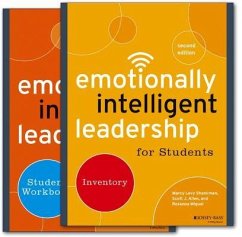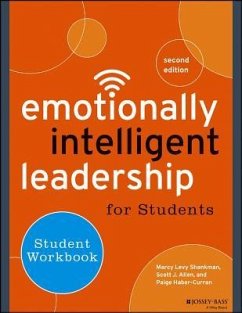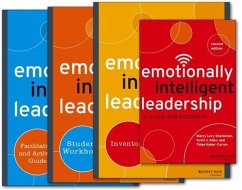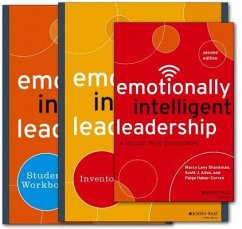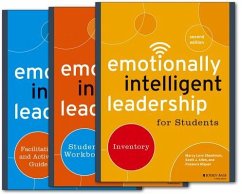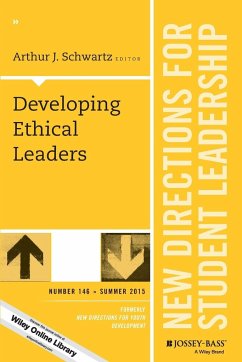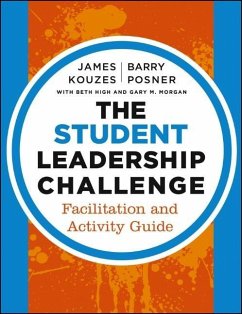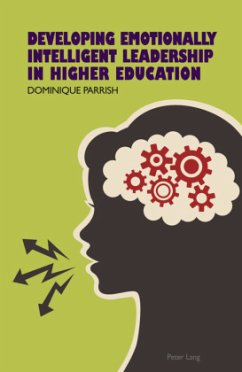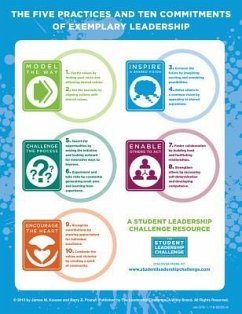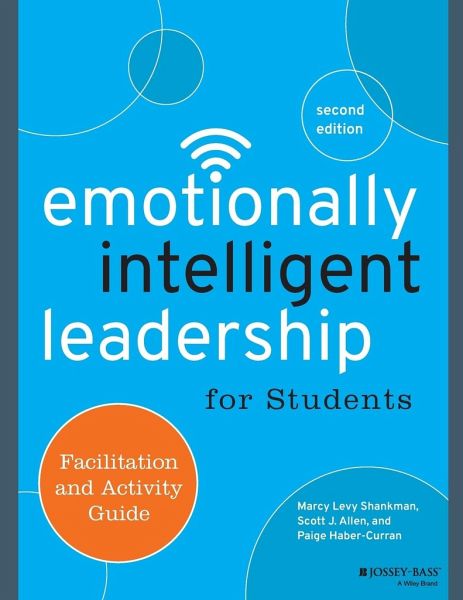
Emotionally Intelligent Leadership for Students
Facilitation and Activity Guide
Versandkostenfrei!
Versandfertig in über 4 Wochen
43,99 €
inkl. MwSt.
Weitere Ausgaben:

PAYBACK Punkte
22 °P sammeln!
23 transformative learning experiences that deepen students' understanding of emotionally intelligent leadership Drawing on a substantial, research-based revision to the emotionally intelligent leadership model--outlined in Emotionally Intelligent Leadership, Second Edition--the Facilitation and Activity Guide for instructors and facilitators is a step-by-step guide for leading students through a brand new series of activities that help develop the 19 capacities for emotionally intelligent leadership. These modular activities can be taught in any sequence, for maximum flexibility. The modules ...
23 transformative learning experiences that deepen students' understanding of emotionally intelligent leadership Drawing on a substantial, research-based revision to the emotionally intelligent leadership model--outlined in Emotionally Intelligent Leadership, Second Edition--the Facilitation and Activity Guide for instructors and facilitators is a step-by-step guide for leading students through a brand new series of activities that help develop the 19 capacities for emotionally intelligent leadership. These modular activities can be taught in any sequence, for maximum flexibility. The modules in the Facilitation and Activity Guide allow educators to help students uncover learning opportunities and to cultivate the leader within. Praise for Emotionally Intelligent Leadership for Students: Facilitation and Activity Guide, Second Edition "Anyone who teaches leadership or facilitates leadership programs will benefit from this well-written, comprehensive, and easy-to-follow-and-implement guide. The activities are clearly presented, inclusive and interactive in nature, include pragmatic discussion questions and instructor notes for debrief and reflection, and present opportunities to engage and immerse students with this important model through experiential learning and real-world application." --DANIEL M. JENKINS, assistant professor of leadership and organizational studies, Lewiston-Auburn College, University of Southern Maine "Through the use of student voice, intentional activities, and guided reflection, three experts in emotionally intelligent leadership have created a content-rich, theory-to-practice facilitation guide for new and veteran leadership educators. In addition to the creative and diverse EIL learning modules, the guide offers a facilitation primer all educators will appreciate." --LAURA OSTEEN, director, Center for Leadership and Social Change, Florida State University




